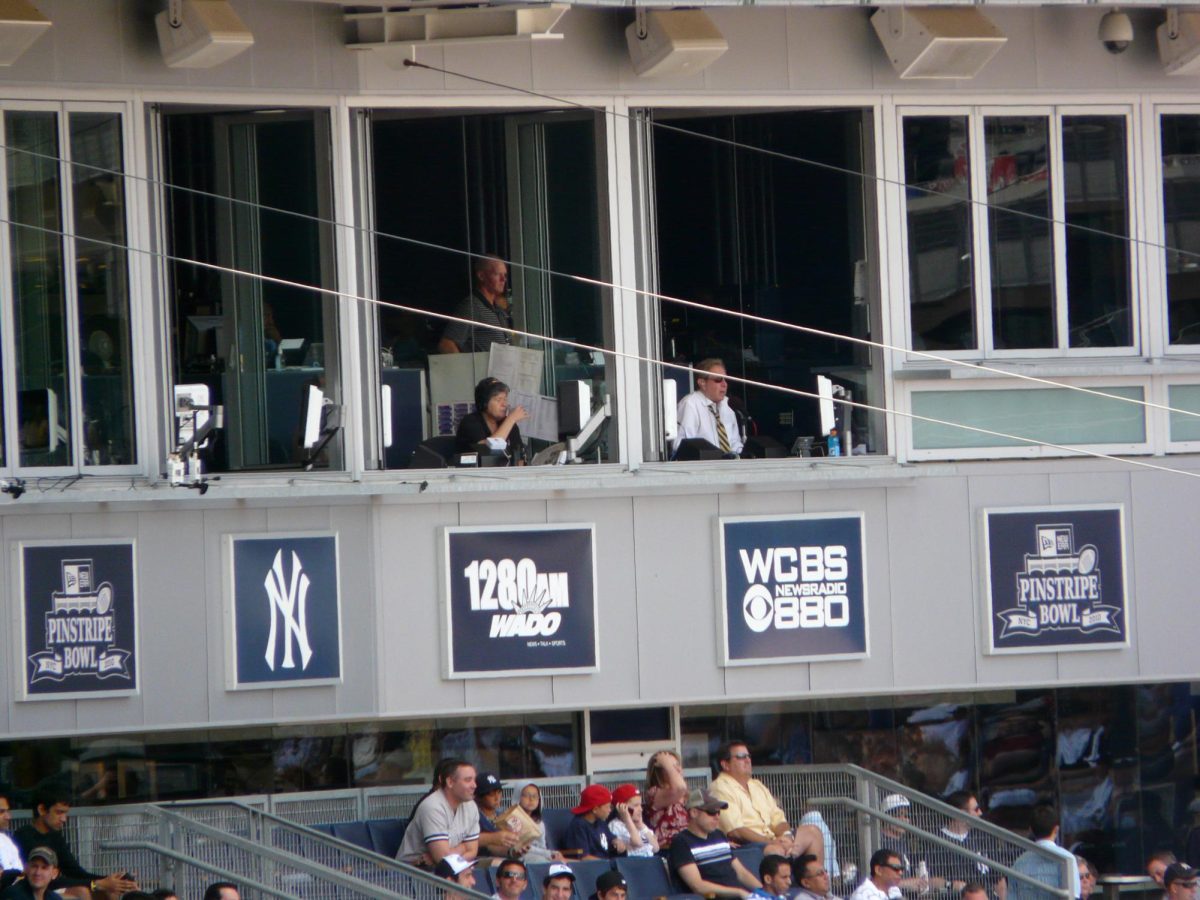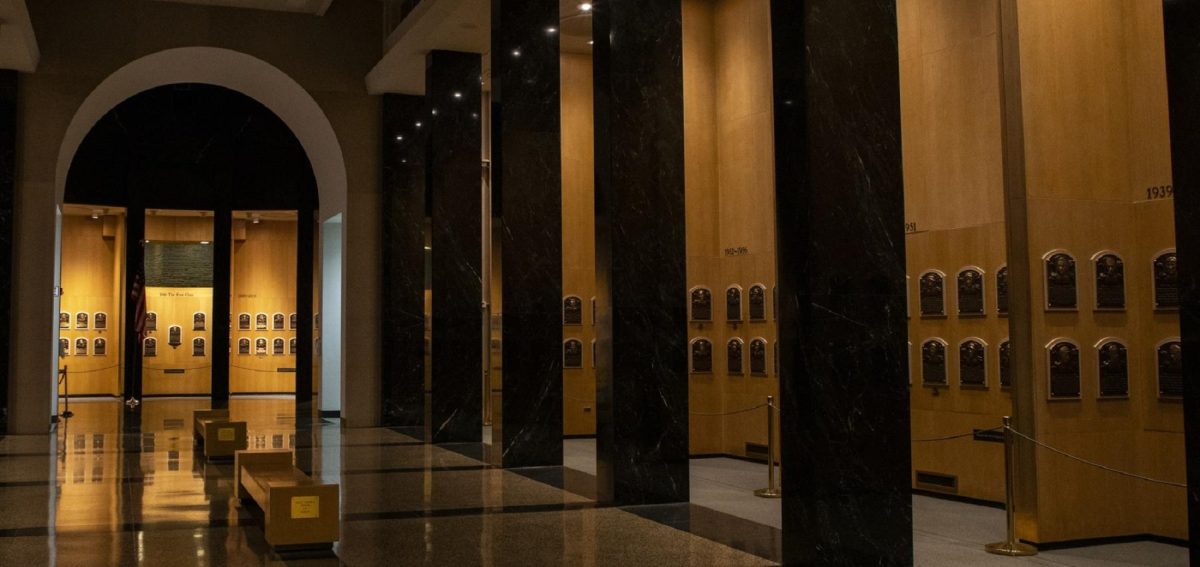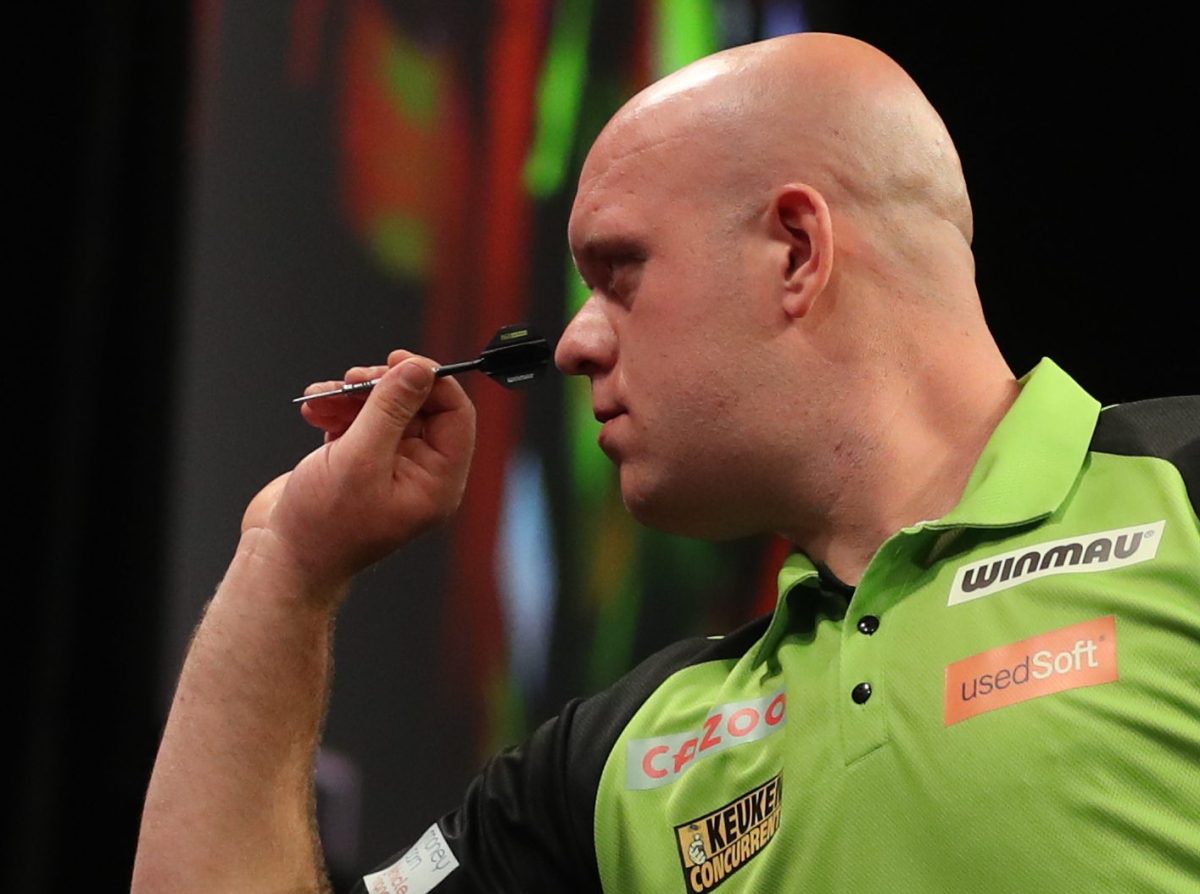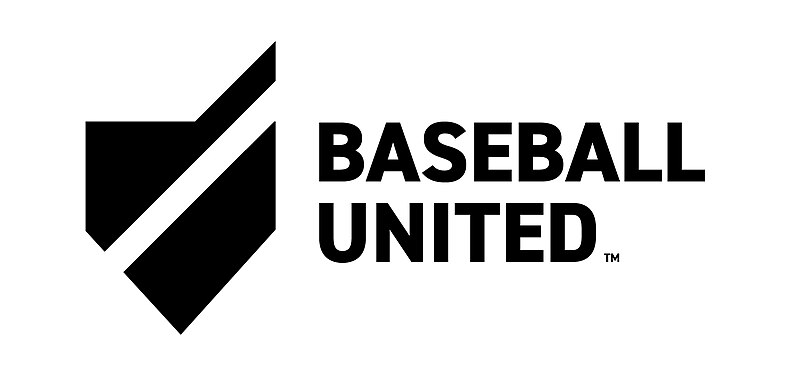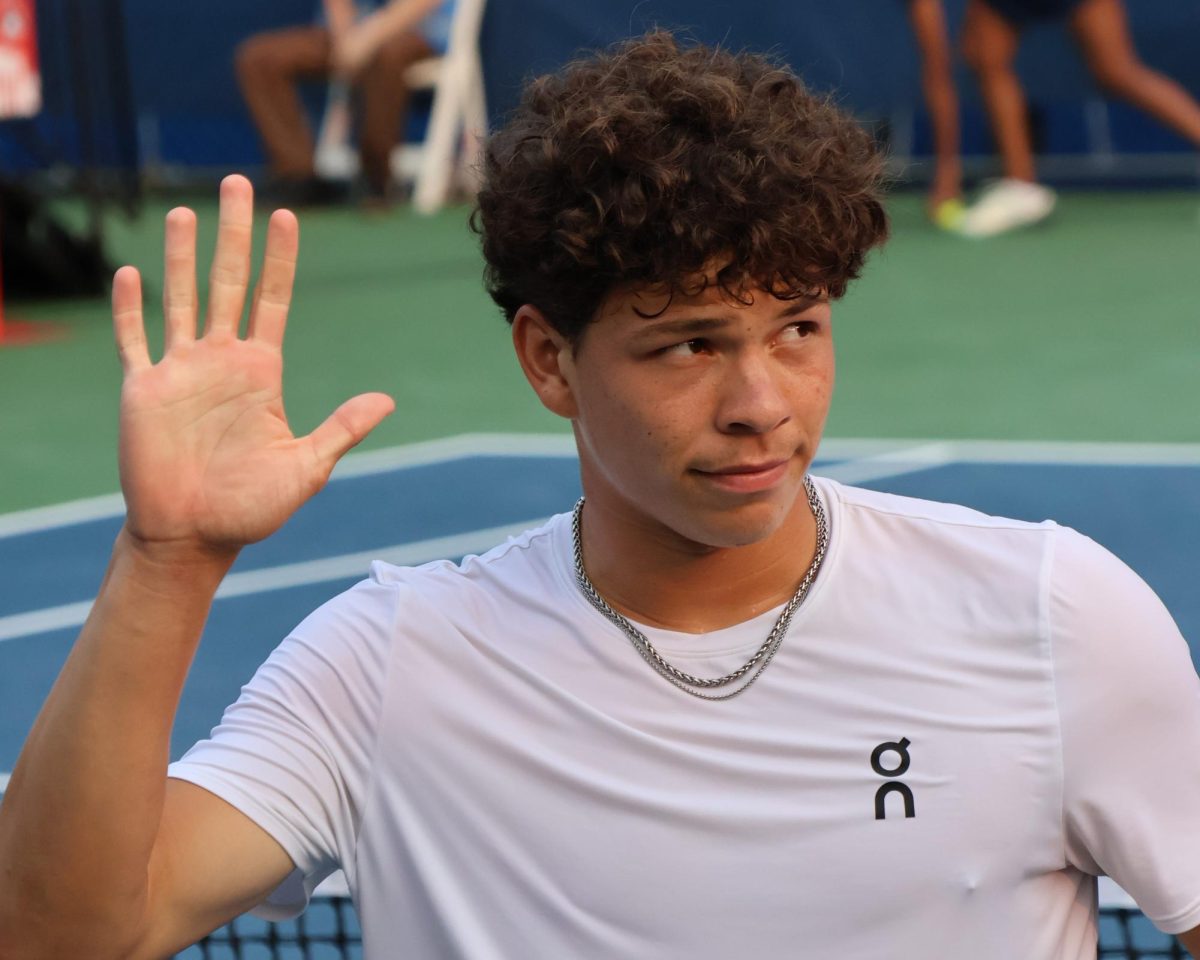The Northeast wasn’t the only thing to freeze over this winter. Pitchers and catchers officially reported for spring training this Wednesday amid a free agency scandal, fierce accusations of collusion and the most frigid offseason market in MLB history.
While the rest of the sports world was enveloped in the Tom Brady vs. Nick Foles Super Bowl — in which a team that was not only the underdog, but also led by a backup quarterback beat the New England Patriots — one of the most shocking feuds yet was brewing in the MLB.
The frigid nature of the offseason is not a result of collusion among team owners, as agents and players suggest, but rather a combination of the structure of free agency and long-term trends in the game, like the increased use of sabermetrics to evaluate talent.
By January, it was clear this baseball offseason was shaping up to be one of the quietest years in Major League history for the free agent market. Despite an unprecedented amount of available talent, ball clubs were simply not bidding — in the words of The New York Post, the Hot Stove had frozen over.
As spring training approached, free agents became increasingly nervous and their agents increasingly confused. Why were teams not making bids on their players? Why did it seem like teams were ambivalent about making offers for stars they would normally be clamoring for? The Pittsburgh Pirates traded stars Andrew McCutchen and Gerrit Cole, for example, without making any other significant moves and have been accused of not being willing to allocate resources for the betterment of their team.
On Feb. 6, while the rest of sports media was postulating about Foles’ greatness and puzzling over a disrespectful Eagles touchdown reception, a media showdown took place between the MLB Players Association and the MLB’s management.
The statement, issued on behalf of MLBPA Executive Director Tony Clark, claimed “a record number of talented free agents remain unemployed in an industry where revenues and franchise values are at record highs.”
The statement also accused a “significant number of teams” of being in “a race to the bottom,” implying — as many players and representatives later tweeted — that owners were colluding to collectively drive down the prices in the free-agent market rather than make business decisions based on the amelioration of their teams.
About an hour later, the MLB shot back, writing “it is common at this point in the calendar to have large numbers of free agents unsigned,” and that “to lay responsibility on the Clubs for the failure of some agents to accurately assess the market is unfair, unwarranted, and inflammatory.”
The MLB’s statement is not completely accurate; FanGraphs, a website that provides advanced statistics, explained how — in terms of both percentage of players signed through January and gross volume of signings — this offseason was, statistically, the slowest in baseball history.
Nevertheless, the MLB was right about one thing: Accusations of collusion were extremely inflammatory.
Both agents and some players called for a spring training strike in response to the slow offseason. In fact, according to Buster Olney, there was a conference call between a number of players to discuss the possibility of a strike, though such action would clearly violate the most recent collective bargaining agreement.
Regardless of the upheaval, a spring training strike has yet to — and probably will not — happen. Earlier this week, free agent Yu Darvish began to thaw the freeze by signing a six-year, $126 million contract with the Chicago Cubs.
Many of these floating free agents will likely be signed between now and March. Whatever the outcome of this season, however, one thing is clear: The 2017 offseason signifies a permanent market shift in free agency.
It is much more likely that the freeze was a result of several factors that agents failed to adequately account for, not owner collusion.
For example, as the free agency market next year is unusually loaded — with the likes of Manny Machado and Bryce Harper, to name a few — owners could simply be waiting until next year to delve into the free agent market. Many general managers are also adopting Billy Beane’s storied sabermetric approach to structuring the teams and, as such, are less concerned with signing big names.
Additionally, many of the bad, “rebuilding” teams are wary of getting burned in overpriced contracts as most free agents — especially in the absence of performance enhancing drugs and with the current structure of prearbitration years — are past their best years by the time they are eligible for free agency.
The 2017-18 offseason is less a mark of potential corruption and more an illustration of not only a market shift, but also a permanent decline in the value of free agency. In the face of so many recent major changes in baseball, it is only natural that the free agency market would follow a similar pattern.
Amanda Christovich is a junior in the College. Helmet to Helmet appears in print every other Friday.









